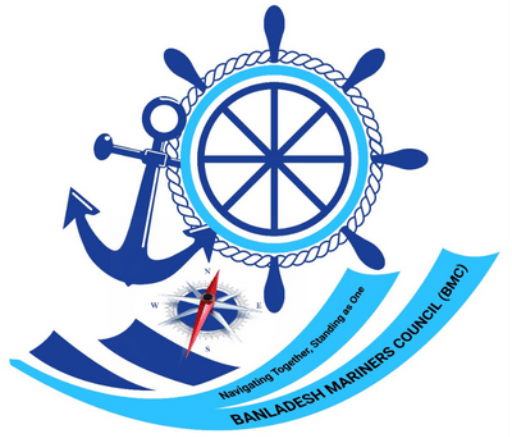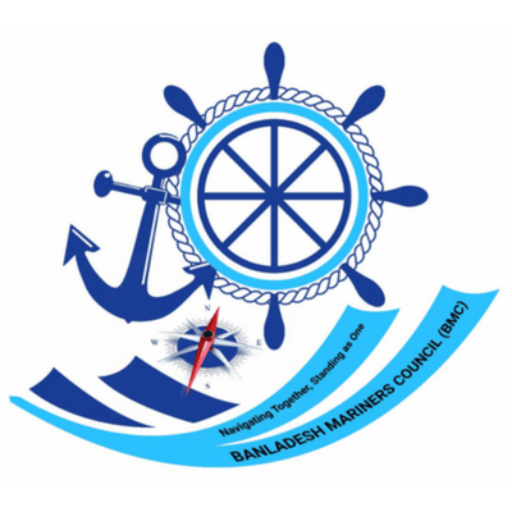Maritime safety is paramount in ensuring the smooth and secure operation of the global shipping industry. With increasing complexities in maritime operations and evolving safety regulations, staying informed through professional development is essential. Maritime safety seminars serve as critical platforms for discussing best practices, emerging trends, and new regulations. In this article, we will delve into the highlights of recent maritime safety seminars, offering key takeaways and insights that can help maritime professionals enhance safety and compliance in their operations.
Overview of Recent Maritime Safety Seminars
Seminar Objectives
Maritime safety seminars are designed to:
- Educate: Provide updated knowledge on safety protocols, regulations, and technologies.
- Discuss: Address current safety challenges and share solutions among industry professionals.
- Network: Facilitate networking opportunities for maritime professionals to exchange ideas and experiences.
Attendee Profile
Seminars attract a diverse audience, including:
- Ship Captains and Officers: Key decision-makers responsible for implementing safety measures on board.
- Safety Inspectors and Regulators: Professionals who ensure compliance with safety regulations.
- Maritime Industry Experts: Specialists in maritime safety, environmental protection, and technology.
Key Highlights from Recent Seminars
1. Latest Developments in Safety Regulations
1.1. Updated International Maritime Organization (IMO) Guidelines
The IMO has introduced several updates to safety regulations to enhance maritime safety:
- SOLAS Amendments: The Safety of Life at Sea (SOLAS) Convention has seen amendments focused on improving safety equipment standards and emergency procedures.
- ISM Code Enhancements: Updates to the International Safety Management (ISM) Code emphasize greater responsibility for safety management and risk assessment.
Implications:
- Compliance: Ship operators need to integrate these changes into their safety management systems.
- Training: Crew members must be updated on new procedures and equipment standards.
1.2. Maritime Cybersecurity Regulations
With the increasing reliance on digital systems, cybersecurity has become a critical area of focus:
- Cyber Risk Management: New guidelines require vessels to implement cybersecurity measures to protect against potential cyber threats.
- Incident Reporting: Regulations now mandate the reporting of cybersecurity incidents to relevant authorities.
Implications:
- Investment: Shipping companies must invest in cybersecurity infrastructure and training.
- Awareness: Crews need to be trained to recognize and respond to cyber threats.
2. Advances in Safety Technologies
2.1. Enhanced Safety Equipment
Recent seminars highlighted advancements in safety equipment designed to improve onboard safety:
- Smart Lifejackets: Modern lifejackets are equipped with GPS and distress signaling features, enhancing rescue operations.
- Advanced Fire Suppression Systems: New fire suppression systems offer improved detection and response capabilities.
Implications:
- Upgrade: Shipping companies should consider upgrading their safety equipment to incorporate the latest technologies.
- Training: Crew members must be trained on the use and maintenance of new safety equipment.
2.2. Simulation and Training Technologies
Simulation training has become more sophisticated, offering realistic scenarios for mariners:
- Virtual Reality (VR) Simulations: VR technology provides immersive training experiences for emergency response and ship handling.
- Augmented Reality (AR) Tools: AR tools assist in real-time navigation and safety drills.
Implications:
- Realistic Training: Enhanced simulation training improves crew readiness and response to emergencies.
- Cost-Effectiveness: Investing in advanced training technologies can lead to long-term cost savings by reducing accidents and improving efficiency.
3. Focus on Human Factors and Safety Culture
3.1. Addressing Human Error
Human error remains a significant factor in maritime accidents. Recent seminars addressed strategies to mitigate these risks:
- Fatigue Management: Emphasis on managing crew fatigue through better scheduling and rest periods.
- Decision-Making Training: Training programs focus on improving decision-making skills under stress.
Implications:
- Policy Changes: Shipping companies should review and update their policies to address human factors.
- Training Programs: Implement training programs that focus on human factors and decision-making.
3.2. Promoting a Safety Culture
Building a strong safety culture is crucial for enhancing safety performance:
- Leadership Commitment: Effective safety cultures are driven by strong leadership and commitment to safety.
- Continuous Improvement: Encouraging feedback and continuous improvement in safety practices.
Implications:
- Leadership Training: Invest in leadership training to foster a culture of safety.
- Employee Engagement: Engage employees in safety initiatives and encourage a proactive approach to safety.
4. Environmental Safety and Sustainability
4.1. Pollution Prevention Initiatives
Environmental safety is increasingly intertwined with maritime safety:
- Ballast Water Management: New regulations focus on managing ballast water to prevent the spread of invasive species.
- Emission Reduction: Emphasis on technologies and practices that reduce emissions and environmental impact.
Implications:
- Regulatory Compliance: Ensure compliance with environmental regulations and invest in pollution control technologies.
- Sustainability Practices: Adopt best practices for pollution prevention and environmental protection.
4.2. Green Shipping Technologies
The push for greener shipping technologies was a key topic:
- Energy-Efficient Systems: Adoption of energy-efficient systems and renewable energy sources.
- Waste Management: Innovations in waste management systems to reduce environmental impact.
Implications:
- Technology Investment: Invest in green technologies to meet regulatory requirements and reduce operational costs.
- Training: Train crews on the use and maintenance of new green technologies.
Case Studies from Recent Seminars
Case Study 1: Enhanced Emergency Response Drills
A notable case study presented at the seminar involved a shipping company that improved its emergency response drills:
- Scenario-Based Drills: The company implemented scenario-based drills using advanced simulation technologies.
- Outcome: The improved drills led to faster and more effective emergency responses, reducing overall incident response times.
Case Study 2: Cybersecurity Incident Management
Another case study focused on managing cybersecurity incidents:
- Incident Response Plan: A shipping company developed a comprehensive cybersecurity incident response plan.
- Outcome: The plan enabled the company to effectively manage and mitigate a cyber-attack, safeguarding critical systems and data.
How to Maximize the Benefits of Maritime Safety Seminars
1. Engage Actively
Participate actively in discussions and networking opportunities:
- Ask Questions: Engage with speakers and experts to gain deeper insights into safety issues and solutions.
- Network: Connect with other professionals to share experiences and best practices.
2. Apply Knowledge
Implement the knowledge gained from seminars in your operations:
- Update Procedures: Review and update safety procedures based on new regulations and technologies.
- Train Your Team: Share key takeaways with your team and provide additional training as needed.
3. Stay Informed
Continue to stay informed about safety trends and regulations:
- Subscribe to Industry News: Keep up with industry news and updates related to maritime safety.
- Attend Future Seminars: Participate in future seminars to stay updated on emerging safety issues and solutions.
Conclusion
Maritime safety seminars play a crucial role in enhancing safety standards and practices within the maritime industry. By focusing on the latest developments in safety regulations, technologies, human factors, and environmental sustainability, these seminars provide valuable insights and practical solutions for maritime professionals. Engaging actively, applying knowledge, and staying informed are essential steps in maximizing the benefits of these seminars and contributing to a safer and more efficient maritime industry.
Call to Action
Stay ahead in maritime safety by attending upcoming seminars and workshops. Subscribe to our newsletter for the latest updates on maritime safety and industry trends, and connect with us for more information on how to enhance safety practices in your operations.


